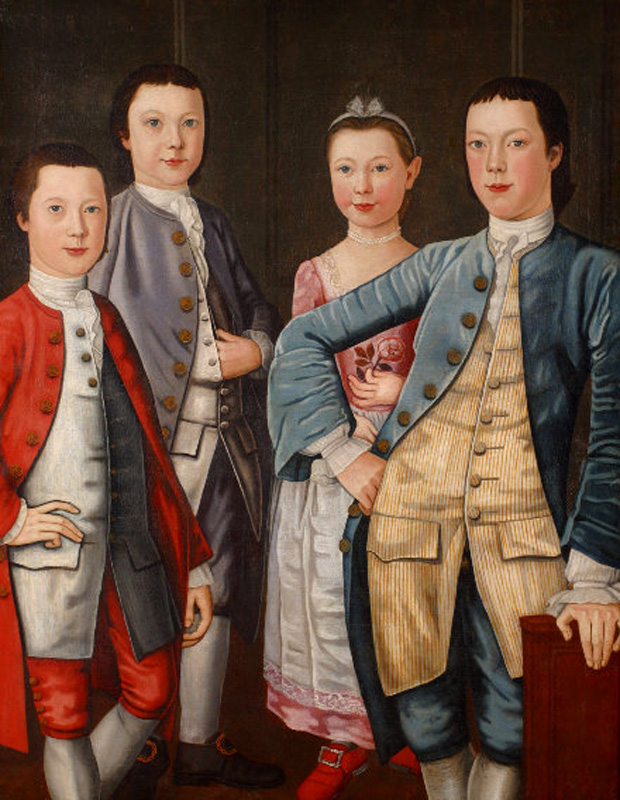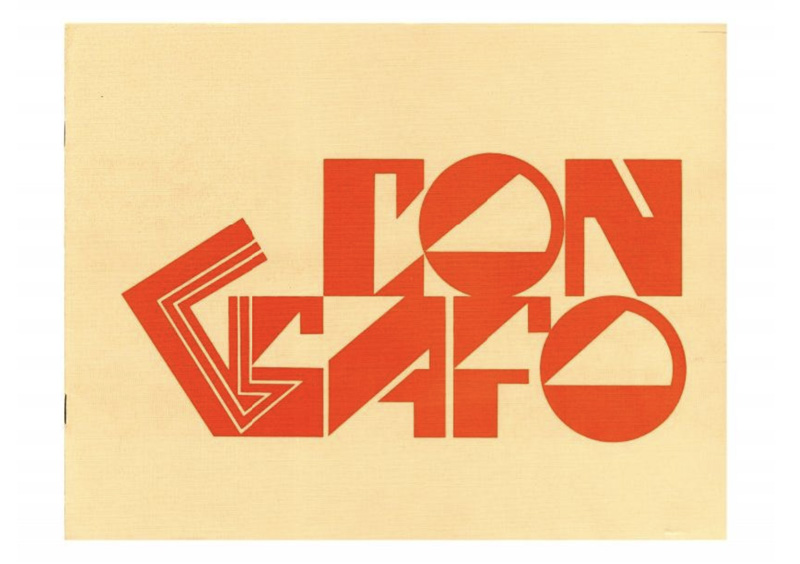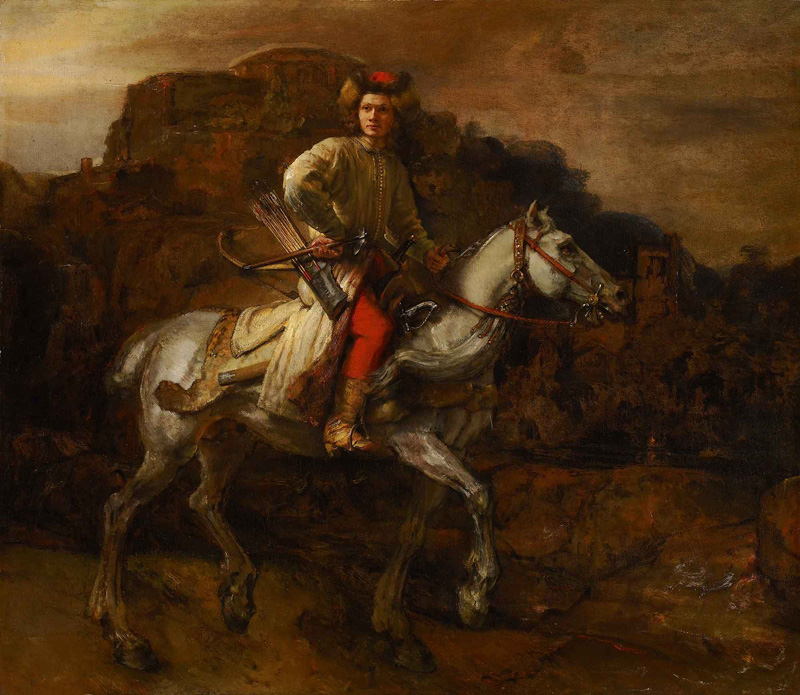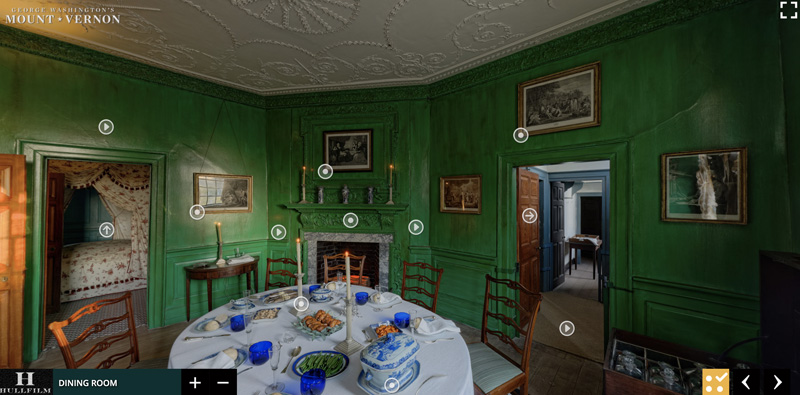
New-York Historical Society
At the New-York Historical Society, historian and historical re-enactor Cheyney McKnight is hosting weekly Zoom events in a series called Living History at Home. Each event – from 1 PM to 2 PM (EST) – explores a different aspect of colonial clothing. This week’s sartorial session, on April 15, features discussion of different pieces of historic clothing, how garments were constructed, and the process of getting dressed in the 18th century. Participants are encouraged to bring a paper and pencil to start sketching their own outfits. Upcoming events include discussion of bedgowns, petticoats, and accessories.
Be sure to download Zoom prior to the start of the event, and follow New-York Historical Society’s Facebook page for reminders about each event as they become live.

Museum of Fine Arts, Houston
The MFAH and its research institute, the International Center for the Arts of the Americas (ICAA), have re-launched the website for the Documents of Latin American and Latino Art Digital Archive, now with a newly expanded digital archive. Among the items, the San Antonio artist collective Con Safo’s manifesto-cum-artist-ledger (c. 1972-1979) is a striking example. Registering for a free account allows not only browsing, but downloading of many of these spectacular works of Latin American and Latino art.
Also, be sure to watch the museum’s Instagram account for “Coffee with a Curator” Instagram-Live events. The last featured James Anno, associate curator of European art, in conversation with Mariana Cano about the Glory of Spain: Treasures from the Hispanic Society Museum & Library exhibition. Follow the hashtag #ACupofMFAH or check the museum’s account on Friday’s beginning at 3 PM (CDT) to catch upcoming sessions.

Agnes Etherington Art Centre: Ontario, Canada
Agnes Etherington Art Centre’s digital arm offers virtual exhibitions, digital publications, and interactive online experiences, as well as video recordings of talks held at the Centre.
Among the interactive experiences, TMA favorites include:
- An interactive map of Rembrandt’s Leiden; circa 1630: Key sites associated with Rembrandt and his network of artists are highlighted via clickable “hotspots.” The map itself is also of note to explore, as you can drag and swipe, as well as pinch to zoom in, and see a wonderful 17th century rendering in high definition.
- Marion Wilson’s and Margaret Frank’s Button Blankets: With the beginning of European trade in the late 19th century, Northwest Coast peoples from Vancouver Island to the Alaskan Panhandle transitioned from skins to wool fabric in ceremonial robes. Decorated with buttons of abalone shell, these robes came to be known as button blankets. Marion Wilson and Margeret Frank’s robes are shown with a combination of text, photographs, audio, and video elements that make their unique “self-portraits” come alive. The exceptional design and needlework skills are sure to excite textile enthusiasts; though the capturing of cultural and familial history is, of course, the highlight.
- Lady Belleau’s Sentiment Album: an early nineteenth-century scrapbook, of sorts, brought to life through a collage of images, text, audio, and video content. Lady Marie-Reine-Josephte Belleau’s album offers a window into the life of an upper-class woman in the 19th century.
The Agnes Video collection is another way to gain insight into a variety of exhibitions at the Centre. Johnnetta Bench Cole’s discussion of historical ivory display is particularly engaging, though challenging; the short documentary that accompanies Rembrandt’s Leiden offers a bit of escapism, should you prefer something lighter.

The Frick Collection
If you enjoyed the Frick’s other digital offerings, add their Cocktails with a Curator series to your lineup. Each Friday at 5 PM (EST), a curator at the Frick will share insight into a work of art, while sharing a signature cocktail. This week on April 17th, Xavier F. Salomon, the Peter Jay Sharp Chief Curator, will discuss Rembrandt’s Polish Rider over a Szarlotka.
You can check in to the talk via the Frick’s website or YouTube. If you miss the event, the recordings of this talk and any others will become available here and on this YouTube playlist – so enjoy at your leisure.
Join in even more fun by selecting a favorite item from the collections to nominate as a #FrickPick on Facebook, Instagram or Twitter. The Frick is asking the community to submit its nominations on social media with the hashtag, and each week will share one of the requested artworks. The most recent, The Dance of Time: Three Nymphs Supporting a Clock by Clodion, is a complex pendulum clock we think quite worthy of its nomination.

Mount Vernon
George Washington’s Mount Vernon has always had wonderful digital offerings; but they have expanded them in recent weeks. The virtual tour is an escapist’s dream, with 360 degree views of both the interior and exterior grounds. If any of the rooms spark your interest and you want to learn more, the video collections will likely be able to accommodate you; featured are curator room-by-room talks, like this one, which focuses on the Mount Vernon dining room, among other topics.
If you’d like audio-only content, Conversations at the Washington Library is an excellent option. There are four seasons to enjoy. The latest episode features a surprising discussion of how Jefferson Davis, and by extension secession, was put on trial.
Alternatively, you can also bring Mount Vernon into your kitchen with a comprehensive collection of modernized historical recipes. The Spoon bread, Granny’s Lazy Daisy Cake, and Carrot Zucchini Soup are among the most easy (and pandemic-pantry-ready) to make.
